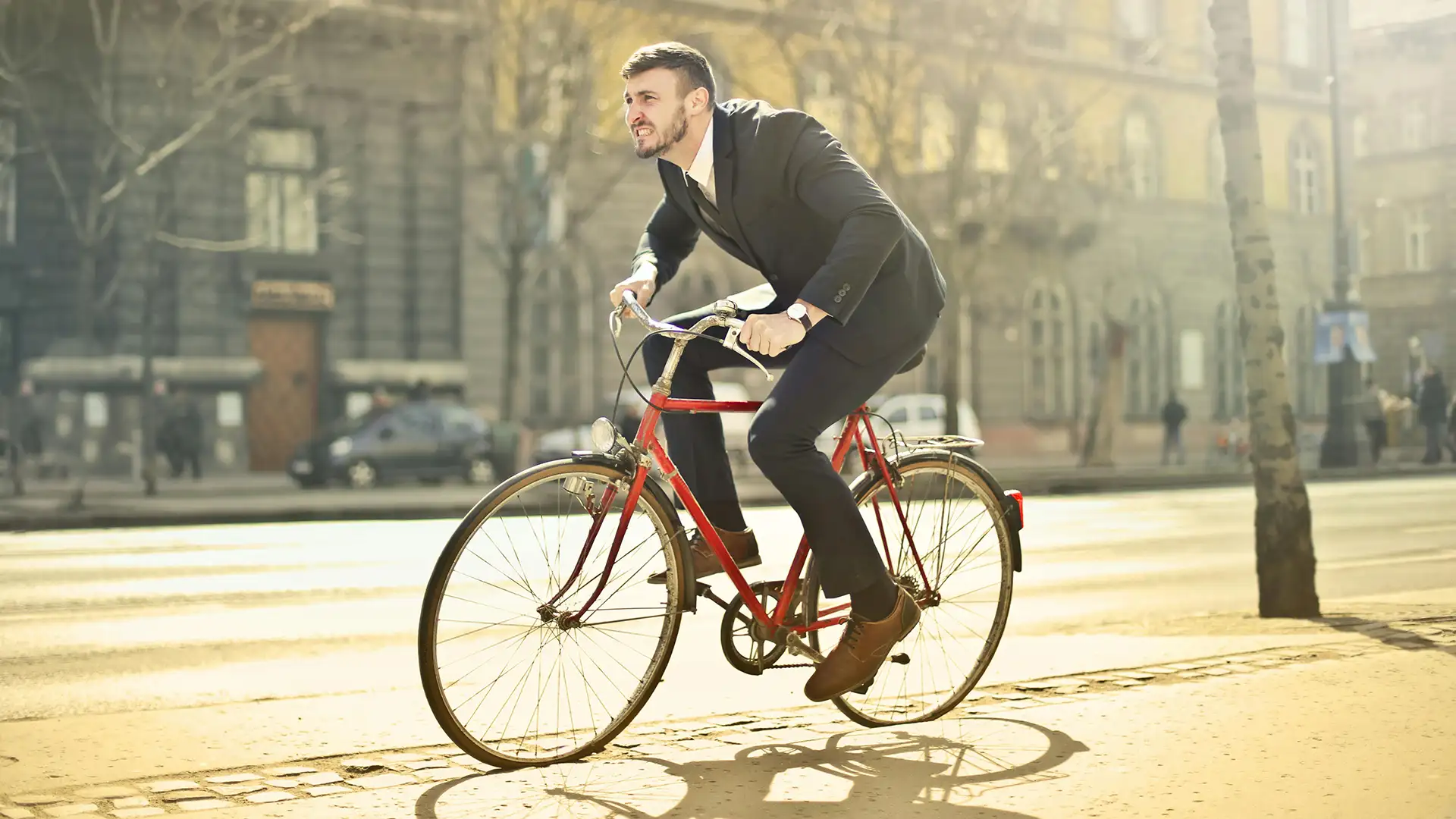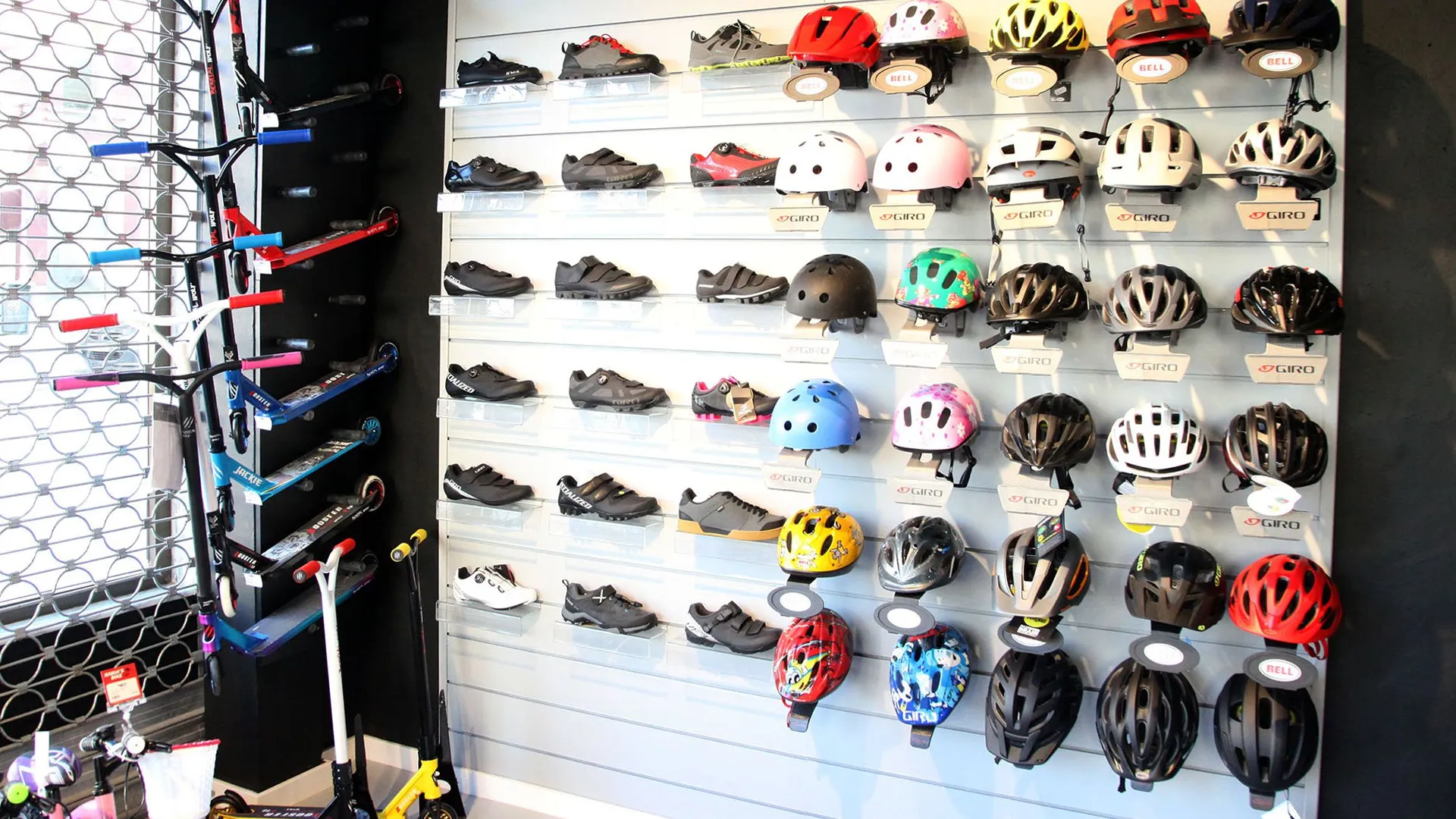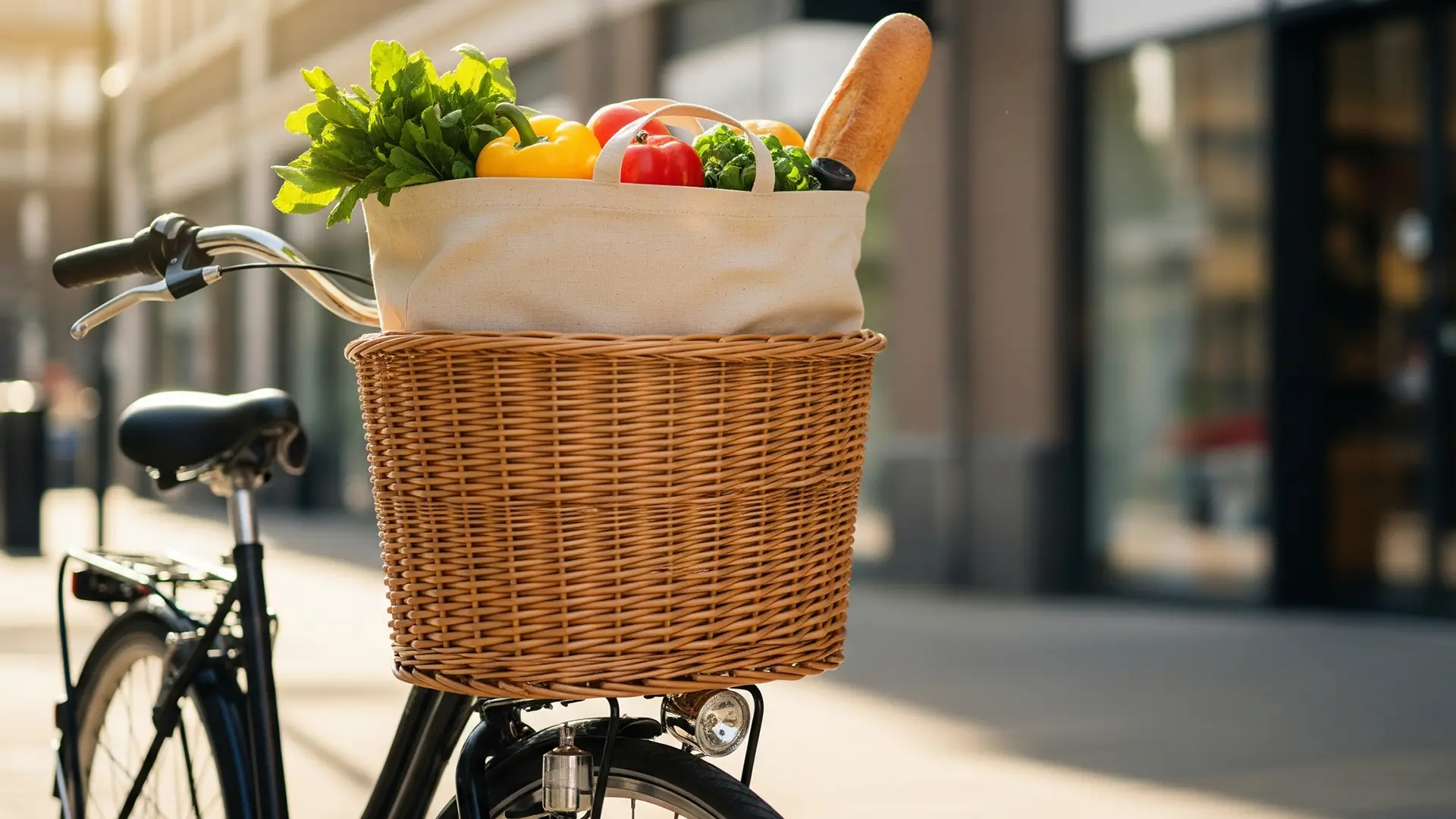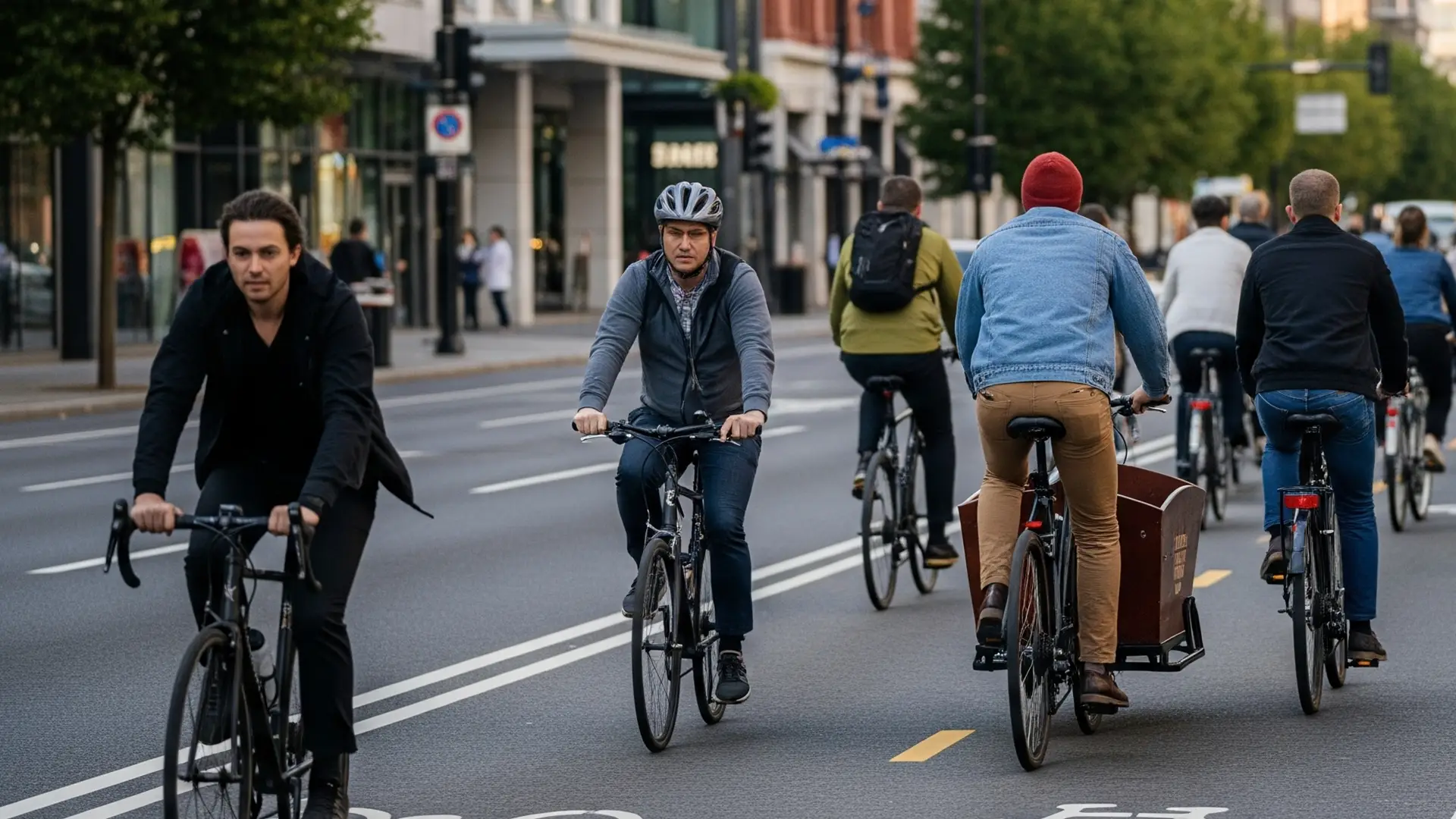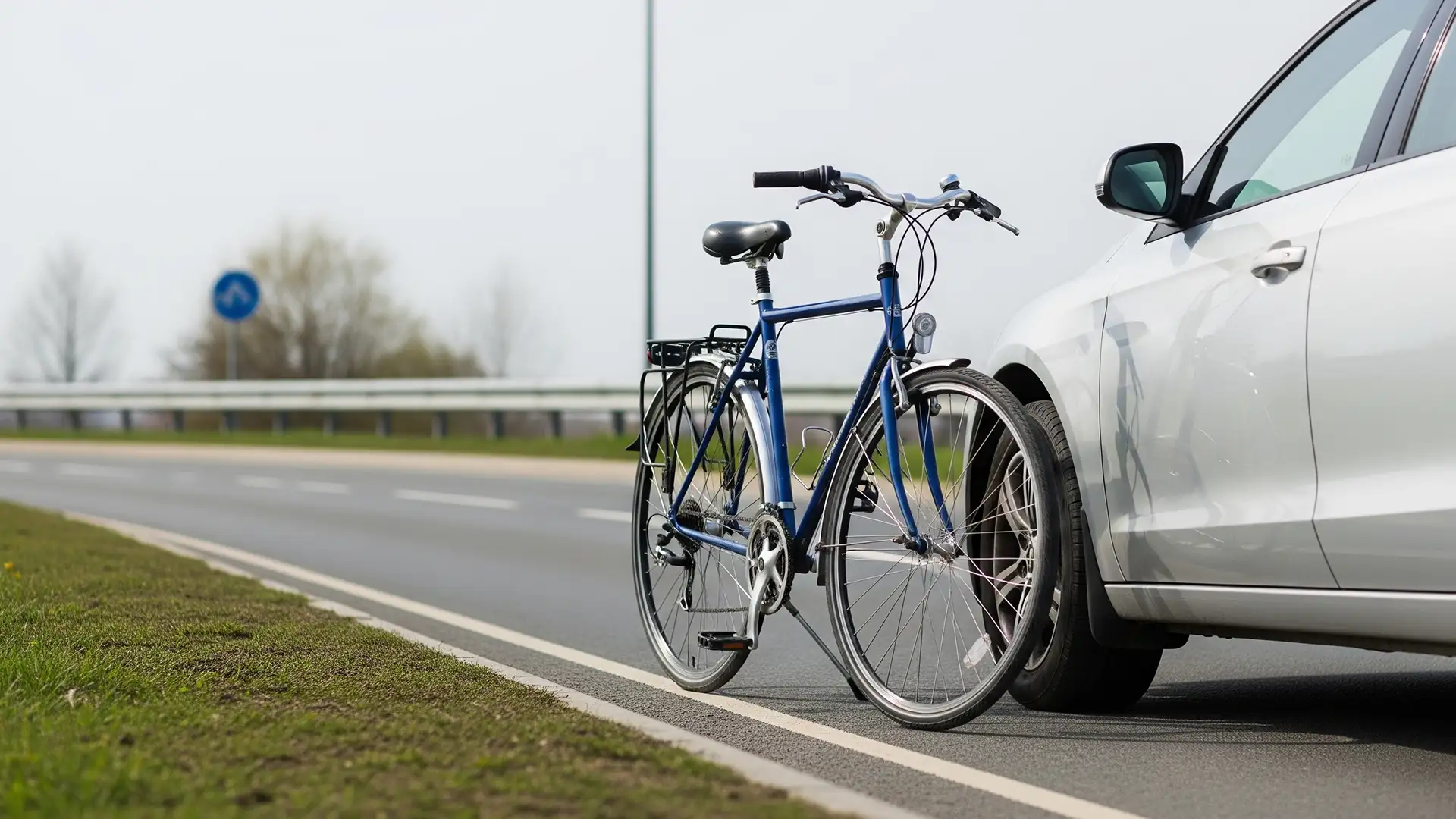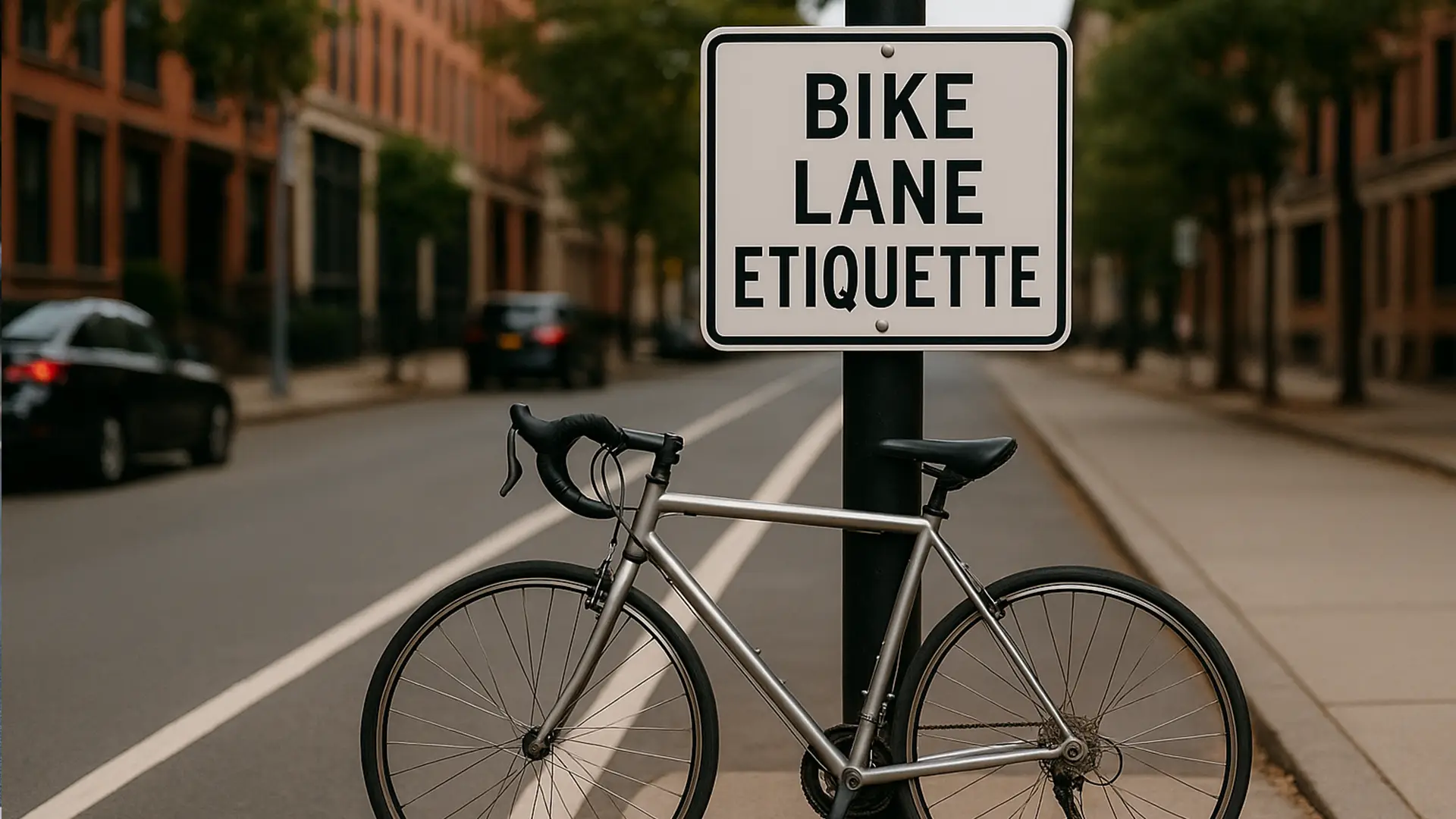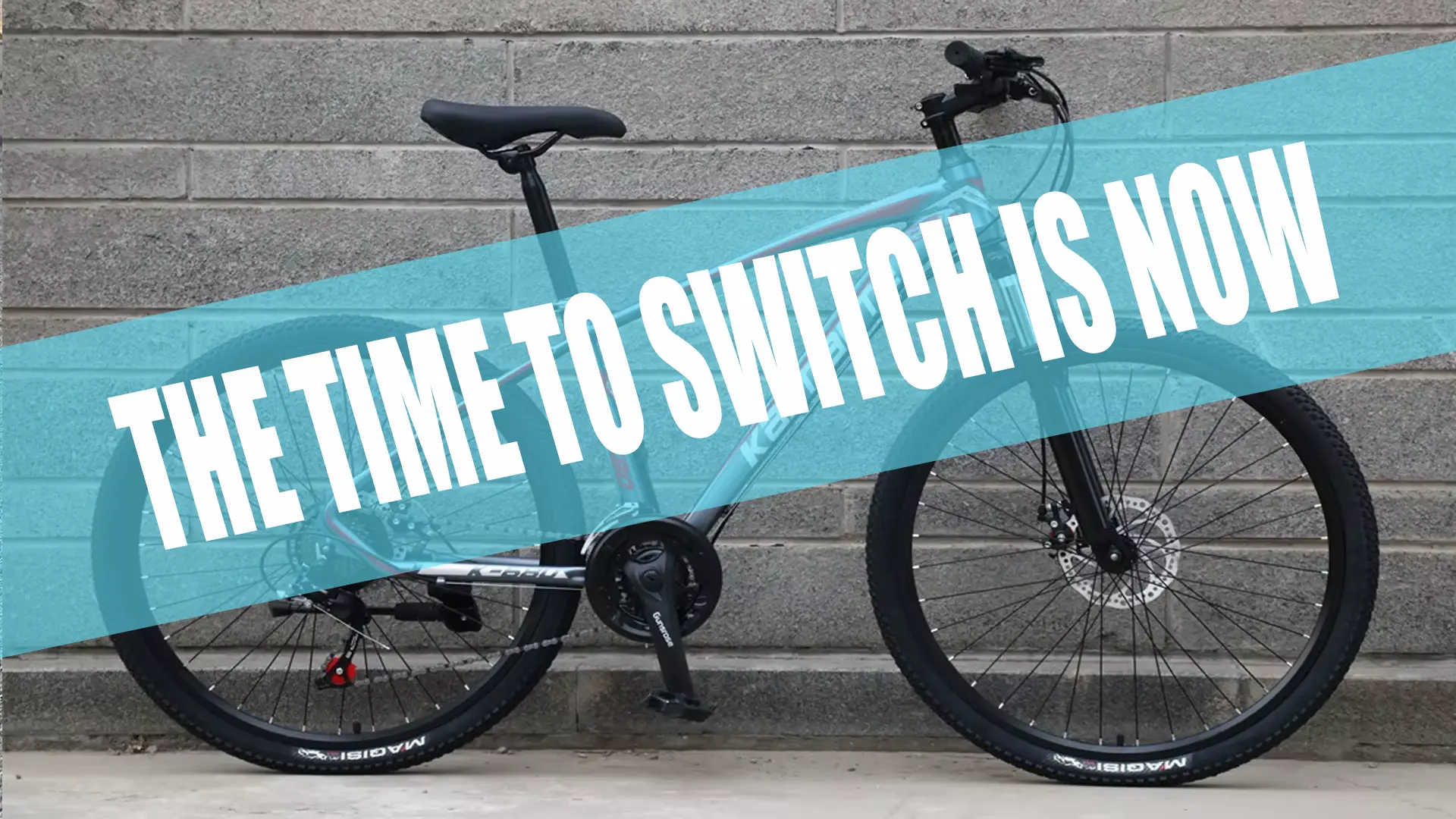Tips & Guides
-

Best Cheap Bike Repair Stand Under $100 – Mechanic Approved
Read more: Best Cheap Bike Repair Stand Under $100 – Mechanic ApprovedI’ve spent 25 years fixing bikes, at least 15 of those years hunched over a bike that was leaning against a wall or flipped upside down on the ground. I’ve used expensive shop stands that cost more than some of the bikes I was fixing. I’ve used budget stands that tipped over when I looked…
-

Beginner Mistakes to Avoid as a New Bike Commuter
Read more: Beginner Mistakes to Avoid as a New Bike CommuterSo, you’ve decided to start commuting by bike. First off, good call! It is one of the best changes you can make for your body, brain, and bank account. But like anything new, there’s a learning curve attached to it. To help transform that curve into a climbable mountain I’ve talked to a bunch of…
-

How to Find Safe Bike Routes Anywhere – A Complete Guide
Read more: How to Find Safe Bike Routes Anywhere – A Complete GuideI’ve planned 100’s of routes and while doing so I’ve probably made every possible mistake you can imagine. From ending up on a highway in some rural city I can’t even remember the name of to getting trapped in a construction zone in downtown Chicago, I’ve learned that finding safe bike routes isn’t just about…
-

Bikepacking Documentaries Worth Watching (Top 5 + 3 YT Freebies)
Read more: Bikepacking Documentaries Worth Watching (Top 5 + 3 YT Freebies)There’s something oddly addictive about watching other people suffer through wind, rain, busted gears, and complete mental collapse. All while pedaling hundreds (or thousands) of miles through places most of us only dream about. If you’ve ever been deep into a bikepacking trip and thought, “Why am I doing this?” You know what I’m talking…
-

Bicycle Helmet – Safety Ratings & Fitting Guide
Read more: Bicycle Helmet – Safety Ratings & Fitting GuideNo matter how much you spend on your helmet, it’s gonna be far less than what your head is worth. After a couple decades of crashing while doing everything from skateboarding, snowboarding, to biking, and more, I’ve learnt that a helmet is more than just an accessory. It’s a key reason why most of my…
-

How To Grocery Shop By Bike – The Complete Guide
Read more: How To Grocery Shop By Bike – The Complete GuideI’ll never forget my first grocery run by bike. I was wobbling down the street with not two but four bags of groceries on the handlebar, hitting the spokes from each side as I pedaled my way home. 100 yards from home I hit a pot hole, and one bag comes crashing down. Go figure,…
-

How To Start Bike Commuting – Gear, Safety, and Setup
Read more: How To Start Bike Commuting – Gear, Safety, and SetupI’ve been bike commuting for a lot of years at this point. I started at the age of 6, riding next to my mom on my way to school. I wasn’t very nervous but I do recall her being nervous as hell. I can remember wearing an overly packed backpack that felt like it was…
-

Best Practices for Cycling in Heavy Traffic – 12 Must-Knows
Read more: Best Practices for Cycling in Heavy Traffic – 12 Must-KnowsHeavy traffic cycling isn’t for the faint of heart, but sometimes it’s the only way to get where you need to go. I’ve had my fair share of downtown rush hour in my years of biking, and yeah, it can be quite intense. But it’s also totally doable if you know what you’re doing and…
-

Bike Lane Etiquette – Rules Every Cyclist Should Know
Read more: Bike Lane Etiquette – Rules Every Cyclist Should KnowI’ve been riding city streets for a few decades now, and during that time I’ve learnt that bike lanes can be amazing or absolute chaos depending on who’s using them and what time it is. The difference usually comes down to whether people know the unwritten rules or are just winging it. I’ve seen too…
-

Top Reasons Why You Should Commute by Bike in 2025
Read more: Top Reasons Why You Should Commute by Bike in 2025I’ve been bike commuting since I was a child, through rain, snow, heat waves, and the complete chaos of the pandemic. And I believe 2025 might be the best year yet to start commuting by bike. Not because of the usual “save the planet” pitch you’ve heard a million times, but because the entire landscape…
Subscribe
Sign up with your email address to receive our weekly news
Latest news
- Best Cheap Bike Repair Stand Under $100 – Mechanic Approved
- Beginner Mistakes to Avoid as a New Bike Commuter
- How to Find Safe Bike Routes Anywhere – A Complete Guide
- Bikepacking Documentaries Worth Watching (Top 5 + 3 YT Freebies)
- Bicycle Helmet – Safety Ratings & Fitting Guide
Categories
- Bikepacking (1)
- Buyers Guide (1)
- Commuting (3)
- Riding Tips (3)
- Safety (2)
- Tips & Guides (10)

